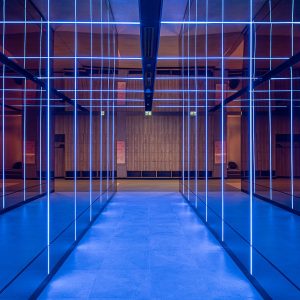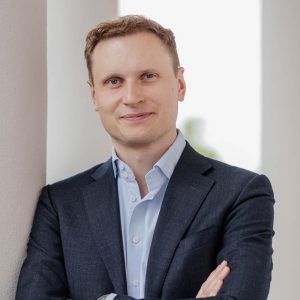
New York, New York, so good they made it twice. This time, the city is being reinvented as the Big Green Apple, with ‘liveability’ at its core, writes Greg Clark.
For New York City, the challenge to stay ahead and keep its lead in the world league of cities is not solely about regaining its economic prowess. It is much more about re-establishing its lead as the locus of city-making, lifestyle, and urban design.
The role it held as the first city of the skyscrapers, the city of the first Guggenheim Museum, and the city of exuberant pulsating street life must be nurtured anew and reborn, with urban innovations for modern times.
The city that ‘won the 20th century’ has faced substantial and unnatural challenges in the present. Terrorist attacks; the dot.com crash; global restructuring; competitive offers from lesser-known centres for film shoots, stock exchanges, and luxury lifestyles and the end of hegemonic positioning as capital of the world. If that wasn’t enough then came the financial crash of 2007-2010, striking not just at the financial engine of the city but at its identity and reputation as first Lehman Brothers and then a host of other iconic New York
firms were beaten up, and the idea of a ‘global financial centre’ was beginning to be mocked in the media.
Lesser cities might have crumbled and sunk like Atlantis. Predictions of New York’s ‘inevitable demise’, along with the nation of which it was the first capital, were loudly whispered in many corridors outside North America. But this city, which showed remarkable ability to solve its own problems in the previous century – whether in sanitation, infrastructure or crime – appears to be doing so once again.
First, the economy is running strong again and not just in finance. In the aftermath of the 2008-9 global recession, the Big Apple remains the second wealthiest city in the world by GDP, only beaten by Tokyo, and is forecast to stay in that position for at least the next decade and a half. The five major comprehensive global city indexes in 2010-11 all place New York first in the global league table, just ahead of London, and in most cases some way clear of a chasing pack that includes Paris, Singapore and Hong Kong.
There are reasons for caution, however. The city’s lead in economic vitality and business density shrank in 2010, with Tokyo now on a par. Its advantage as a financial centre over Hong Kong and Singapore has diminished considerably in the Global Financial Centres Index, from over 90 points in 2007 to just 10 points in 2011. But, despite the growth of the competition and the narrowing of the margins between the world leading cities, no one now doubts New York’s ability to win as a business city and to use competition to drive its own innovations harder.
New York’s major challenges have never been about whether it can be a place to engage in trade or to make money, though. These are locked firmly into the DNA of the former Dutch settlement. NYC’s quest is to demonstrate its liveability and build a place in the intellectual and cultural life of the 21st century. The system of city indexes that rank the city so highly for financial muscle and economic dynamism also criticise the city for being uninhabitable and inhuman.
When Mayor Michael Bloomberg took office, following the 2001 tragedy, he set about remaking the city’s image. ‘The Big Green Apple’ was born. The popular and emphatic leader understood that putting life back into the city is about creating
a city that works for people, not just for business. His many initiatives – including the award-winning PlaNYC, a blueprint
for the greening all of the city, its energy systems and public spaces – provide a fresh prospectus for success in the city that
used just to breathe money.
And he’s right. New York must upgrade its infrastructure and environmental performance. Its core building and transport provision was never viewed as world-class. Mercer’s 2009 study of global city infrastructure ranks New York a moderate 32nd out of 215 cities, well down on London (8th), Tokyo (12th) and Paris (13th). New York’s next phase of reinvention is rooted in liveability. So encouraging the regeneration of the High Line urban park and walkway on the Lower West Side (pictured above) is one means to show that old infrastructure and industrial cityscape can be greened in pursuit of urban lifestyle. The new Festival of Ideas (see page 80) is not just a means to engage New Yorkers in a conversation and expression of fascination with culture and design, but it helps to reveal the thoughtfulness of New York that has always existed behind the corporate facade, and to foster a new network of distinctive destinations within the old city.
There are many other new initiatives too: more parks and squares, regeneration of public space, improved walkways, festivals and public celebrations. All people in New York now party, not just those on six-figure bonuses. After tackling the crime – the key cause of low liveability that blighted public space in the 1990s – New York now remakes the space itself, and is, once again, a place to mingle, take recreation, and dream of new futures.
Greg Clark is an international advisor on city and metropolitan development, a senior fellow of the Urban Land Institute and chairman of the OECD Development and Investment Forum





